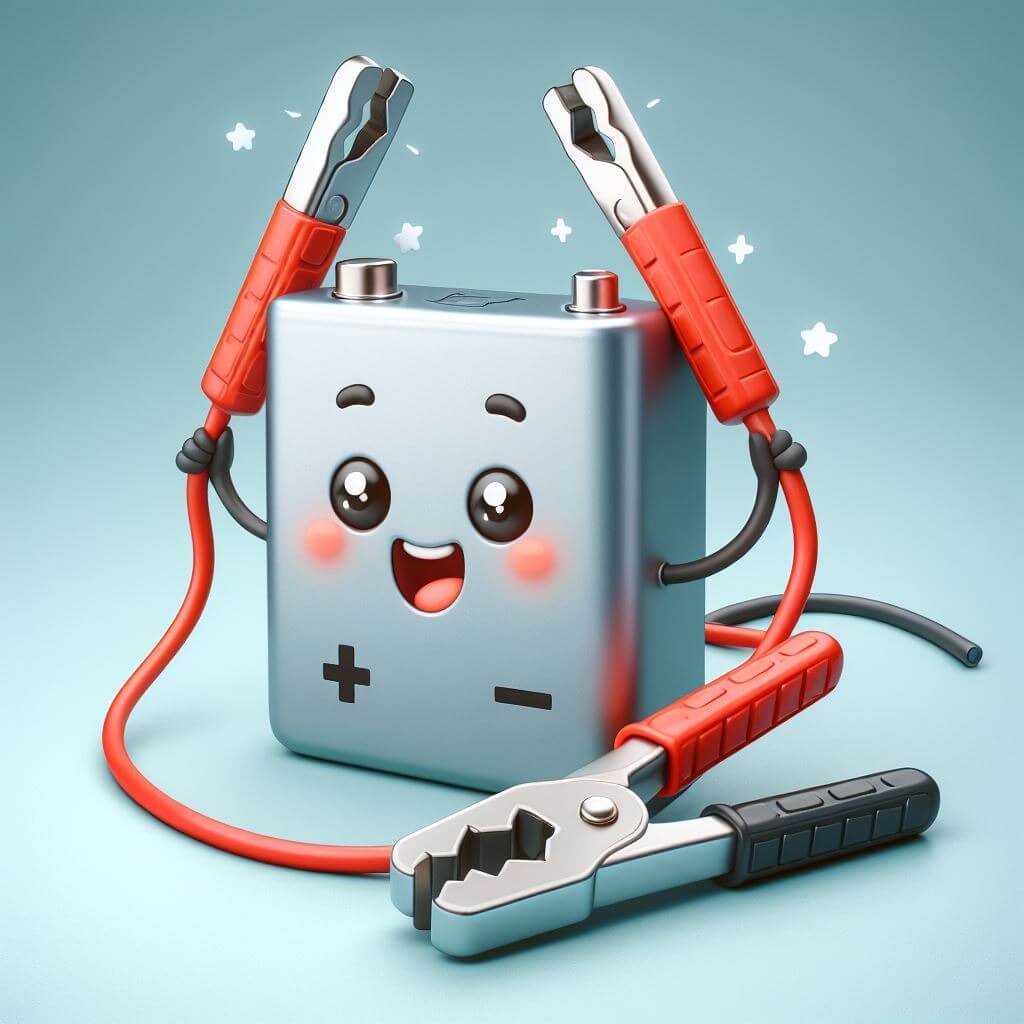Can You Jumpstart a Dead Lithium-Ion Battery? Yes, You Can Jumpstart, But With Caution

Understanding the Risks: Safety First!
Lithium-ion batteries are complex and can be volatile if mishandled. Before attempting a jumpstart, prioritize safety:
- Consult the Device Manual: Different devices may have specific charging instructions. Always refer to the manufacturer’s manual for your device to ensure compatibility and avoid voiding warranties.
- Identify the Problem: A completely dead battery might indicate a deeper issue within the device or charger. Consider if replacing the battery might be a safer and more permanent solution.
Jumpstarting Techniques: Two Potential Approaches
If you’ve determined a jumpstart is suitable, two main methods can be attempted:
1. Slow and Steady Wins the Race: The Low-Current Charge
This method prioritizes reviving the chemical reactions within the battery. Here’s how:
- Use a Compatible Charger: Ensure the charger is designed for lithium-ion batteries and matches the voltage and current specifications of your battery.
- Slow and Low Wins: Set the charger to a low current output, typically around 0.5 amps. This allows the battery to regain charge gradually, minimizing stress.
- Patience is Key: Rejuvenating a deeply discharged battery can take several hours. Be patient and allow the slow charge to work its magic.
2. The Unconventional Option: The Freezer Method (Use with Caution!)
Important Note: This method is considered unconventional and should only be attempted as a last resort due to potential safety risks.
Here’s how it works, but proceed with extreme caution:
- Seal the Battery: Place the dead battery in a completely airtight plastic bag to prevent moisture ingress.
- Sub-Zero Treatment: Put the sealed bag with the battery in your freezer for approximately 24 hours. The theory is that the cold can reactivate the battery’s internal chemistry.
- Natural Thaw: After removing the battery from the freezer, let it thaw naturally at room temperature before attempting to charge it.
Seeking Professional Help: When in Doubt, Don’t Risk It
If the above methods prove unsuccessful, or you’re uncomfortable with the risks involved, don’t hesitate to seek professional help from a qualified technician. They can assess the battery’s condition and recommend the safest course of action, potentially saving you time and frustration.
Additional Considerations for Jumpstarting Lithium-Ion Batteries
Here are some additional points to consider when attempting to jumpstart a lithium-ion battery:
- Battery Management System (BMS): Modern lithium-ion batteries often have a built-in BMS. A Battery Management System (BMS) prevents overcharging, over-discharging, and overheating. If the BMS detects a critical issue, it might shut down the battery entirely. Jumpstarting may not be effective in such cases, and a professional diagnosis might be necessary.
- Visible Damage: Avoid jumpstarting a lithium-ion battery with any signs of physical damage like dents, bulges, or leaking fluids. Such damage indicates a potential safety hazard, and the battery should be replaced by a qualified technician.
- Disposal of Dead Batteries: If jumpstarting proves unsuccessful and replacing the battery becomes necessary, dispose of the dead battery responsibly. Lithium-ion batteries should not be thrown in regular trash and require specific recycling procedures. Research your local options for safe battery disposal.
Alternatives to Jumpstarting
While jumpstarting can be a temporary solution, here are some alternatives to consider for long-term battery health:
- Preventative Maintenance: Regularly charging your lithium-ion batteries with compatible chargers and avoiding extreme temperatures can significantly extend their lifespan.
- Investing in a Portable Charger: Having a portable charger on hand can be a lifesaver if your device’s battery dies unexpectedly. Choose a charger with a capacity suitable for your device’s needs.
- Replacing Aging Batteries: Lithium-ion batteries naturally degrade over time. If your battery frequently dies or holds a significantly reduced charge, consider replacing it with a new one from a reputable manufacturer.
In Conclusion,
While jumpstarting a dead lithium-ion battery is possible at home, prioritize safety and approach it with caution. Always consult your device’s manual and prioritize manufacturer recommendations. If you’re unsure or uncomfortable, seeking professional help is the wisest decision to avoid damaging your device or causing a safety hazard.
Leave a Reply